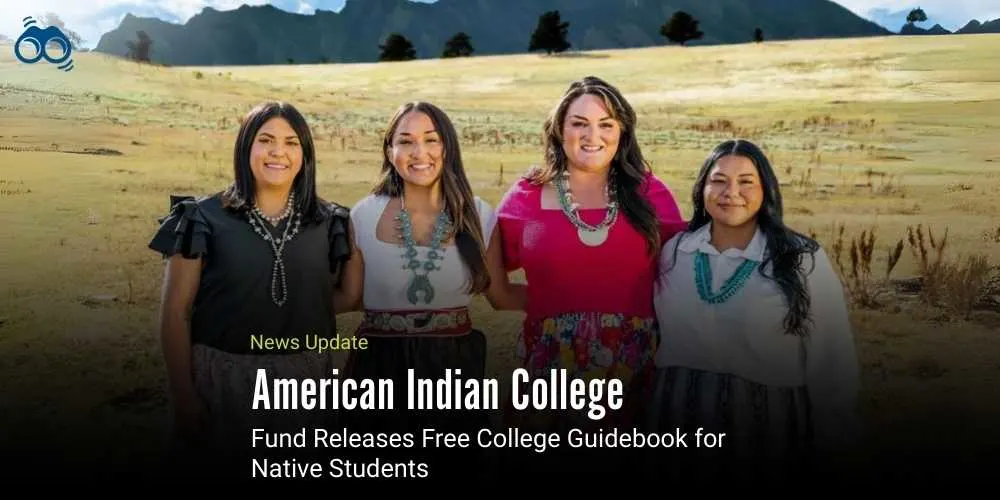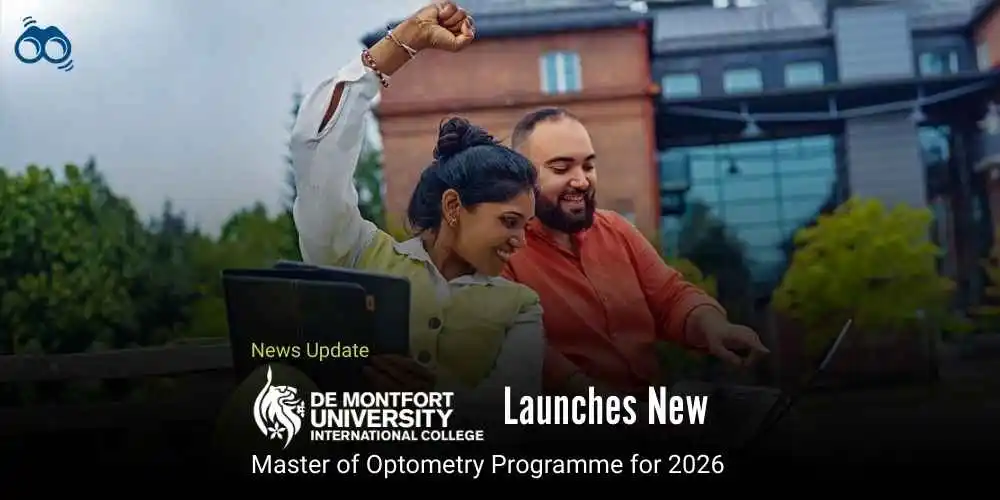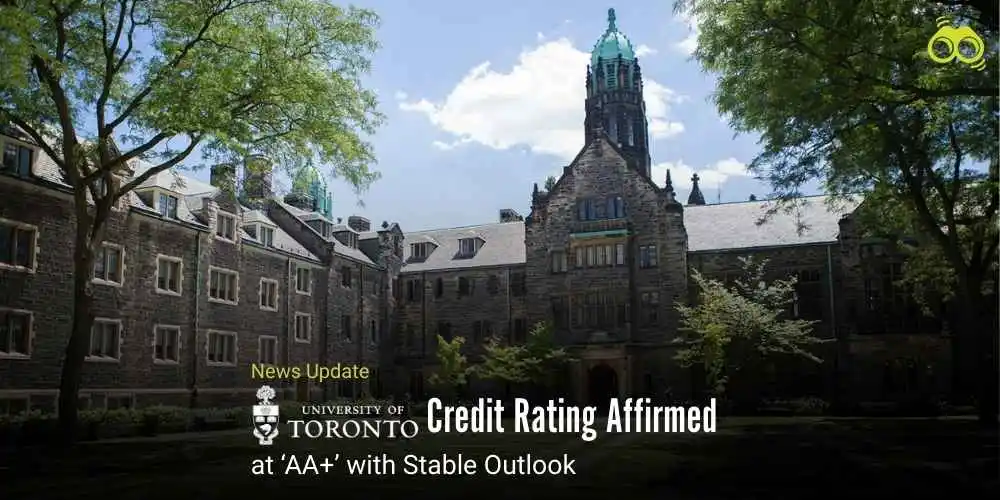Native Pathways Guidebook Offers Support for Tribal Students Entering Higher Education
New College Guide Empowers American Indian and Alaska Native Learners
The American Indian College Fund is the biggest charity in the U.S., formed specifically to assist native students in achieving their higher education goals. Since its establishment in 1989, it has continuously provided scholarships, educational resources and cultural support to American Indian and Alaska Native students. In addition, this organisation works with tribal colleges and universities to help students in achieving their full potential while remaining connected to their roots, heritage and communities. 23 September 2025 saw the American Indian College Fund release a new resource intended to assist Native students in seeking higher education. The guidebook from the American Indian College Fund, entitled Native Pathways: A College-Going Guidebook, is now available for download and is intended to offer helpful information and motivation to tribal community students throughout the United States.
This free guidebook for American Indian college-bound students provides a comprehensive array of college information to Native students. It contains advice on selecting the proper college, learning about financial aid and Native American student scholarships, establishing a support network, and the campus experience. The guide also contains a glossary of terms and words of wisdom from elders, faculty, and Cheryl Crazy Bull, President and CEO of the College Fund.
The download of the Native Pathways guidebook is particularly beneficial for non-traditional students, those who have possibly obtained their high school equivalency or are re-entering education after labour or family. It identifies educational pathways for non-traditional students and invites them to remain connected to their culture and community, which may be a source of power for them throughout their academic career. To render the guide more accessible, it takes actual experiences from present and past College Fund scholars. An example is Jerald Redbuffalo, a Clinical Mental Health Counselling master's student, who explained how being near home made it possible for him to balance education with family life and cultural practices. His experience supports the significance of cultural support towards higher education and selecting an environment of learning that accommodates Indigenous values.
Elder Lark Real Bird also offered sincere guidance for prospective students, exclaiming joy for their path and reminding them that the education acquire will strengthen them to serve their communities and tribes. Her message supports the necessity of Native student advising and mentorship and the enduring effects of education.
Cheryl Crazy Bull described how many Native students might not have had someone to take them through the process of college. She said that the guidebook can serve as that absent mentor, providing students with ways to overcome obstacles and find new opportunities. It is an important resource for college preparation among Indigenous students and for college access programs for underrepresented populations.
The American Indian College Fund has been a leading force in higher education for American Indian students for over three decades. In the 2023–24 academic year alone, it provided $20.5 million in scholarships for Native students and other direct support. Since its founding in 1989, the organisation has contributed more than $349 million to tribal college support programs, tribal college resources, and academic resources for American Indian youth.
The College Fund also maintains a close relationship with the country's 34 accredited American Indian and Alaska Native institutions of higher education, providing students with the resources necessary to be successful. The colleges are situated on or near reservations and are instrumental in establishing Indigenous student networks and advancing tips for college success for Alaska Native and American Indian students. With high ratings from independent charity evaluators, the College Fund remains a reliable source of funding for Native students. The introduction of the Native Pathways: College guide to tribal students is another move in the right direction towards ensuring young people have access to quality education and brighter futures.
Editor’s Note:
The release of the Native Pathways: A College-Going Guidebook by the American Indian College Fund is not merely a book; it's a strong expression of concern, inclusivity, and tangible assistance. Amidst a world where attending college may seem daunting, particularly for those who come from underrepresented groups, this guidebook provides light, support, and a feeling of belonging. What makes this project so admirable is its realisation of the different paths Native students follow. Whether one is going back to school in later years, juggling family commitments, or looking for a college that values their cultural identity, this guide directly addresses them. It doesn't simply present options; it presents actual voices, lived experiences, and words of wisdom from elders and scholars who have already been down the road. The American Indian College Fund has again demonstrated why it is a respected leader in Native education. Through the integration of real-world tools with cultural knowledge, it enables students to reach their aspirations without forgetting where they come from. That is what education needs to be: accessible, respectful, and connected to the community. It is efforts like these that truly redefine what meaningful educational support looks like. The Native Pathways guidebook doesn’t just open doors; it helps students walk through them with confidence, pride, and purpose.
Skoobuzz believes that as more institutions look to improve access and equity, they would do well to follow the example set by the American Indian College Fund.
FAQs
1. What is the Native Pathways guidebook?
The Native Pathways guidebook is a free resource created by the American Indian College Fund to help Native students prepare for college. It offers advice on choosing a college, applying for financial aid, building support systems, and staying connected to culture during studies. It also includes stories from students and elders to guide and inspire readers.
2. How can Native students access college resources?
Native students can access college resources through the American Indian College Fund, tribal colleges, and support programmes in their communities. These resources include guidebooks, mentorship, financial aid information, and help with college applications. Many materials are available online, and schools often share them through outreach programmes.
3. Are there scholarships for American Indian students?
Yes, there are many scholarships available for American Indian and Alaska Native students. The American Indian College Fund provides millions of dollars in scholarships each year to help students pay for tuition, books, and other college costs. These scholarships are meant to support students in reaching their educational goals.
4. How does the College Fund support tribal colleges?
The College Fund supports tribal colleges by providing funding for scholarships, academic programmes, and student services. It also helps improve facilities, develop teaching resources, and promote cultural learning. These colleges are located on or near reservations and play a key role in serving Native communities.
5. What programs help Native students succeed in higher education?
Several programmes help Native students succeed, including mentorship schemes, cultural support groups, financial aid assistance, and career guidance. The College Fund also offers college access programmes, academic resources, and partnerships with schools to make sure students have the tools they need to graduate and build strong futures.














0 Comments (Please Login To Continue)